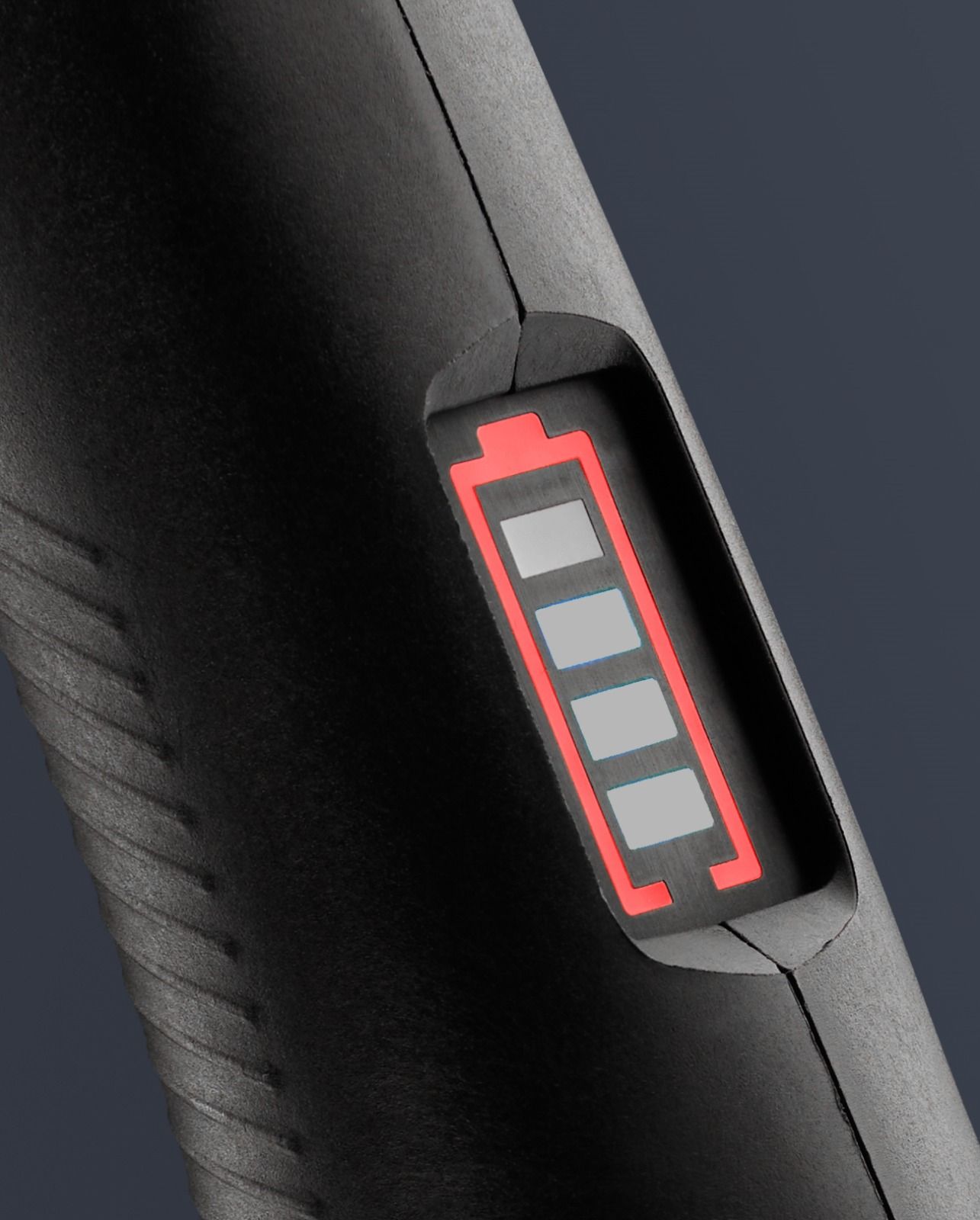This summer, we embarked on a tour of France in collaboration with our partner stores that are located all along the coastline. It was also the ideal opportunity to shoot loads of videos in the great outdoors.
Many of you asked us questions about the engine's autonomy. Thibaut pushed the motor to its limits, finally exhausting the last drop of power in the port of Douarnenez !

After using the electric motor for about about an hour during the demo, we could see on the battery gauge that there was only one blue bar left. When accelerating at full throttle, this bar flashes and may give the impression that the end is near. Fortunately, TEMO-450 has (as on a car) a backup. It is the red bar that traces the outline of the gauge. Having on average one hour of autonomy, a blue bar corresponds to approximately fifteen minutes of use.
Once on the reserve, we could feel that the TEMO-450 had a slight tendency to slow down, but it fought on! Thibaut recorded between 2,5 and 2,8 knots. After 7 minutes, the engine continued to move the dinghy forward at its hull speed of around 3 knots. Of course, when you reach the reserve, you have to get seriously close to some form of shelter : a port or a beach for example. At 10 minutes on the clock, even without pushing the TEMO-450 to the limit, there was only the red outline on the display. Like any electric motor, the gauge indicates the battery level in real time by measuring the battery voltage. The more you accelerate, the higher the voltage measured. It is therefore advisable to decelerate or stop if you want to find out the battery's real charge level. This is the reason why you can sometimes lose or gain a bar of charge for a few seconds when changing speed.
Once the 10 minutes were over, we could feel that the motor was starting to get tired. Thibaut recorded a speed of around 2 knots with a headwind. Finally, after 12 minutes and 13 seconds precisely, the battery was empty. It did still last 1h12 minutes ! though! Even if you remove and replace the magnetic key, the TEMO-450 does not start again. This time there was no doubt about it, it was time to get the oars out!
In conclusion, it takes approximately 12 minutes and 30 seconds before the last light goes out and the battery is completely discharged.